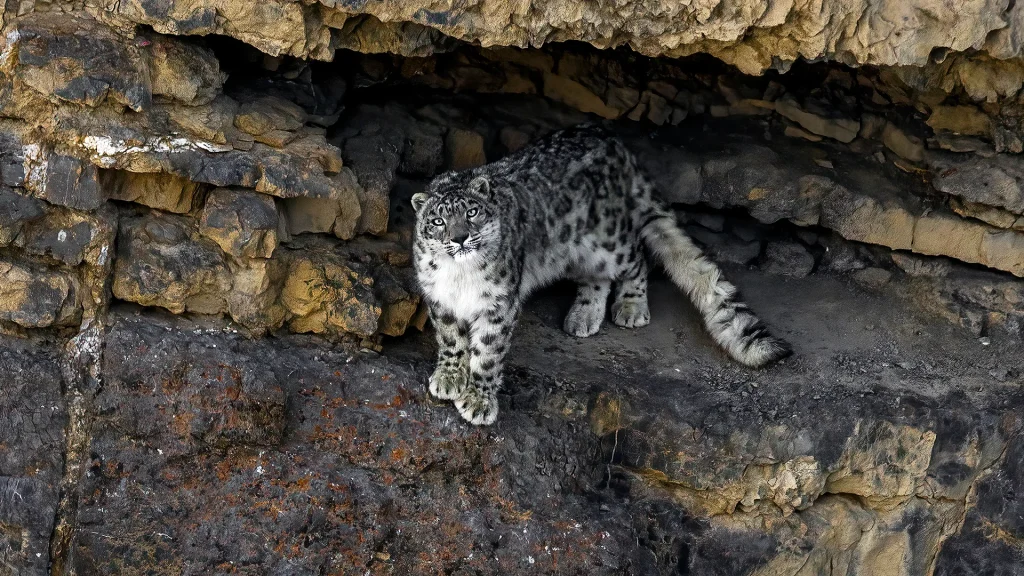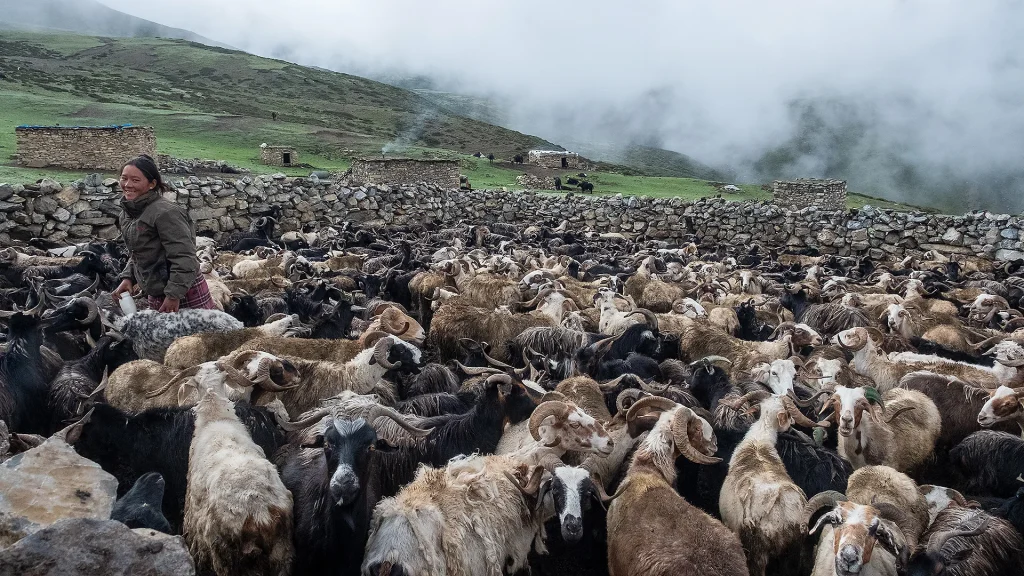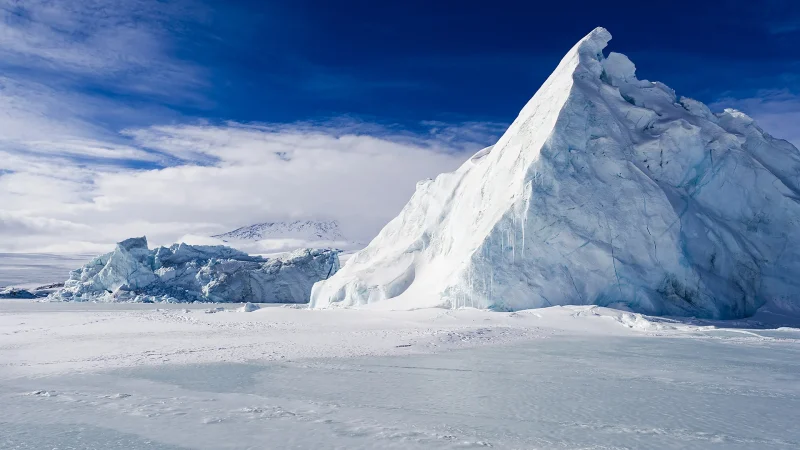‘For us, snow leopards are deities’: The farmers protecting Nepal’s snow leopards

In Nepal’s Himalayas, snow leopards often prey on livestock and face retaliation from humans. A group of Nepali women have developed a simple solution to help keep both livestock and the predators alive.
In the stillness of a winter’s night, a snow leopard slunk into the livestock enclosure on Rinchen Lama’s farm. This big cat was out hunting, high in the hills of Dolpa, a Himalayan district in western Nepal. Everyone who lives in Dolpa can tell you about snow leopards – they are powerful predators. Those farm animals didn’t stand a chance.
Rinchen remembers the scene the following morning: “There was wool everywhere, matted with blood. I lost 37 sheep and goats that night, almost my entire livelihood.”
And then, a few months later, another attack. A snow leopard killed Rinchen’s horse. Such losses are not easy to forget. “We’ve been told conserving snow leopards is important, but for communities like ours, they make life very difficult,” he says.
Snow leopards (Panthera uncia) are elusive creatures that inhabit the mountain ranges of 12 Asian countries. They like the high life. The big cats are generally found at altitudes between 3,000 and 5,000 metres (9,843-16,404ft) above sea-level, where they are the apex predators in the habitats they prowl. But they are also rare and secretive, making estimating their population difficult. But the creatures are listed as vulnerable by the International Union for Conservation of Nature (IUCN).
The last assessment of global snow leopard numbers in 2016 estimated that species population numbered between 2,700 and 3,300, though some estimates range as high as 7,000, according to the IUCN. Recent studies have also suggested that their population density may be far lower than previously estimated.
Snow leopard numbers are thought to be declining partly as their wild prey – the goat-like blue sheep or bharal, ibex, pika and hares – have been replaced by livestock, which are then killed by the predators instead. Domestic horses in particular have become an important food source for snow leopards in some areas. But it has also come with consequences.
Farmers who lose livestock to snow leopards – and so face the loss of their livelihood – sometimes choose to kill these cats in an attempt to prevent further attacks. But a pioneering conservationist in Nepal is working to change attitudes. And she couldn’t do it without the help of local women.





